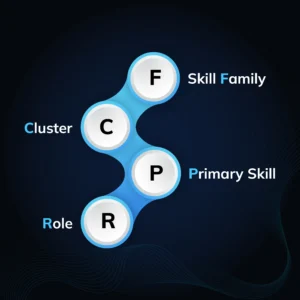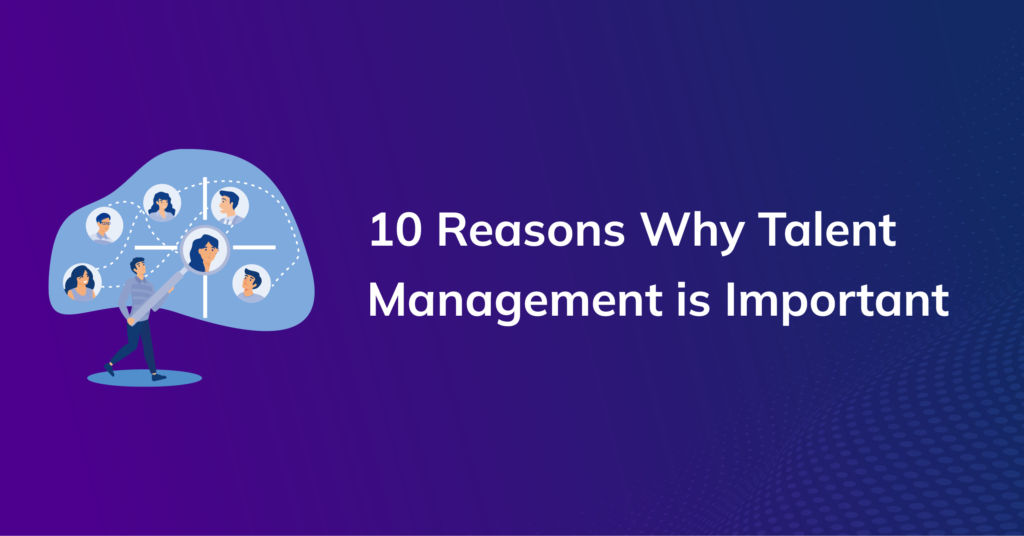In an era where agility defines success, a global communications giant faced a critical challenge—keeping pace with the fast-evolving skills landscape.
In this blog, we will discuss how a Global Communications Leader could successfully transform into a Skills-Based Organization (SBO) with Spire.AI Copilot for Talent’s revolutionary Generative Skills AI-based Role-Skill Framework, a solution that is setting new industry standards.
Challenges Faced By This Global Communications Leader
This global communications leader’s current skill matrices were static, based on broad categories such as Job Family, Sub-Job Family, and Work Area. These matrices were managed manually and lacked the granularity to identify specific technical and functional skills required for each role.
Demand creation was driven by individual managers’ subjective understanding, leading to inconsistencies and inefficiencies in hiring, mobility, reskilling, and talent management processes.
They lacked clear and standard role-skill relationships & clear pathways for skill development and career progression for employees.
The need for an adaptive, auto-evolving role-skill framework was clear.
The Solution Offered by Spire.AI
Spire.AI Auto-Evolving Role-Skill Framework, powered by Generative Skills AI, provided the perfect solution.
It uses AI to automatically generate and update role and skill definitions, ensuring a real-time, accurate reflection of the organization’s needs.
The auto-evolving framework by Spire.AI provided a unique FCPR construct for standardizing organizational roles and skills.
This FCPR construct provided a detailed, standardized approach to defining and managing organizational skills.
It also acts as a single source of truth and ensures role-skill data consistency and alignment across the organization.
Executives faced challenges like inconsistent skill data and unclear career progression paths. These were overcome with the Spire.AI domain-intelligent skill graph, which can analyze complex relationships between skills, roles, and industry trends.
The Road to Implementation
The implementation was seamless and structured. It was done in 4 stages –
1. Benchmarking
At this stage, Spire.AI adapted the broad telecom industry framework in this global communications organization’s structure with
6,503 FCPR Constructs across 116 roles
2. Employee Role Mapping & Primary Skill Identification
Spire.AI’s matching engine leveraged its domain intelligence to identify employees’ current roles by directly comparing their aggregated skill sets (extracted from various sources) with the pre-defined skill set requirement.
Among 13,629 employees
11,264 were successfully mapped to their native roles and primary skills.
2,365 employees were not mapped due to insufficient data available
3. Validation
Statistically validated models were used to analyze a diverse dataset, including departments, levels, skills, expertise, and locations, to map roles to employees.
Algorithms were fine-tuned and refined during this multi-stage process to ensure optimal mapping accuracy.
Two approaches were followed for validation, which delivered the following results –
|
PARAMETERS |
EMPLOYEE SKILL DATA-BASED VALIDATION (APPROACH 1) |
GENERIC ROLE-BASED VALIDATION (APPROACH 2) |
|
Data Source |
As-is employee profile, skill data, LXP data |
Generic role definition mixed with employee data |
|
Skill Data Quality |
They were primarily focused on skill data, which is very specific to the individual and fits the skill requirements of their native role. |
When added to skill data, broader roles, responsibilities, and tasks significantly dilute the quality of skill information attributed to an employee with respect to the skill requirements of their native role. |
|
Data Availability |
Data starvation for employees with no skill data |
Generic role definition available for all employees |
|
Native Role Mapping Accuracy |
83% |
56% |
|
Sustainability of the Model |
Continuously evolves over time |
Not sustainable with generic role data |
|
Data Source |
Low |
High |
-
Leveraging the New Framework for Career Path and Learning Development
Employees could access the reskilling feature within the Spire.AI platform, where they could view their assigned native role and analyze the associated skill requirements at various proficiency levels.
They could now explore self-directed learning paths, categorized as self-development or demand-based, at their own pace.
Also, they could navigate through lateral or vertical paths (up to four levels) to gain insights into the evolving skill demands as they progress through their chosen career growth path.
Impact of the Auto-Evolving Role-Skill Framework for The Global Communications Leader
The results were outstanding. Implementing and adapting Spire.AI’s Generative Role-Skill Framework provided this global communications leader with an auto-evolving role-skill framework and skill constructs to support changing business contexts.
Spire.AI successfully mapped more than 83% of the employees to their native roles, ensuring accurate and efficient talent management.
Employees now have clear pathways for skill development and career progression. They can see their role requirements, identify skill gaps, and embark on personalized learning journeys.
This transformation empowered the organization to stay agile, competitive, and future-ready.
Spire.AI’s framework became the backbone of their talent management strategy and helped them transform into a proper blue, self-sustaining Skills-Based Organization.
Conclusion
Unlock your workforce’s skill potential with Spire.AI Copilot for Talent.
Talk to an expert today to discover how our suite of full-stack talent solutions can empower your organization to become a Skills-Based Organization.
These solutions are for all talent operations and for every talent stakeholder in the organization.






